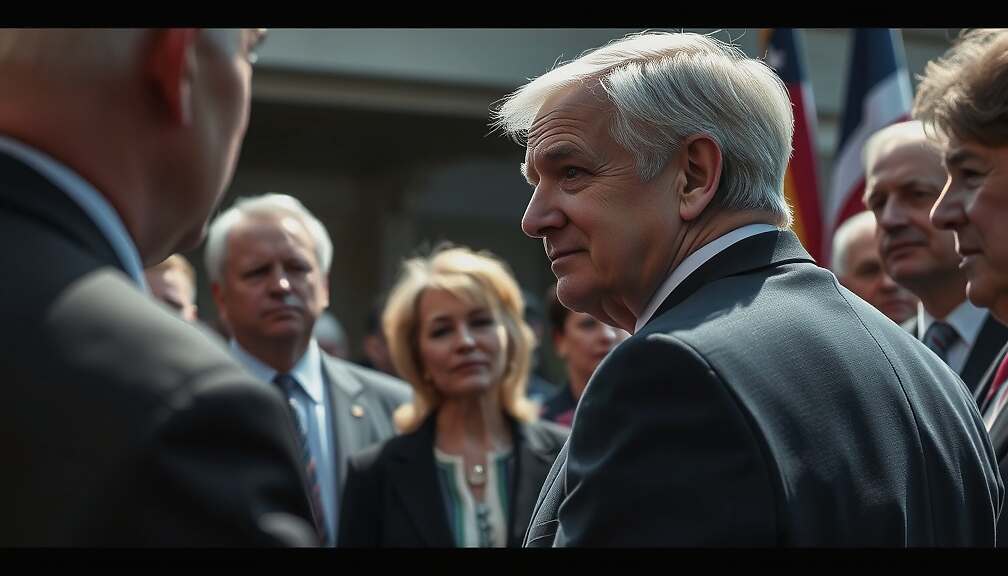The former SPD General Secretary, Kevin Kühnert, has launched a scathing critique of Bavarian Minister-President Markus Söder’s carefully cultivated public image, accusing him of deploying populist identity politics under the guise of preserving Bavarian tradition. Kühnert’s assessment, published in “Rolling Stone”, directly challenges the earlier, more restrained criticism leveled by Robert Habeck, who dismissed Söder’s frequent appearances at sausage stands and festivals as apolitical. Kühnert argues vehemently that these seemingly benign displays are, in fact, strategic political maneuvers.
He portrays Söder as a digital Landesfürst, meticulously crafting a brand of Bavarian identity meticulously presented across social media platforms, particularly Instagram. This strategy, according to Kühnert, transforms Bavarian culture into a marketable commodity, elevating a simple meal – a “Brettljause” – to the perceived significance of a massive investment package. He describes the approach as “tourism marketing, laced with occasional political content” effectively using regional iconography to deflect from substantive policy discussions.
Kühnert’s analysis extends to a broader commentary on Söder’s calculated performance, drawing a striking comparison to advanced AI models. He suggests that Söder operates much like ChatGPT, predicting and adapting behavior based on calculated assumptions about public sentiment. However, he emphasizes the artificiality of this carefully constructed image, stating that genuine warmth and amiability are as manufactured as the Bavaria Film Studios’ backdrops.
Despite this harsh assessment, Kühnert acknowledges the undeniable skill involved in Söder’s orchestration: “You are indeed a clever dog, Markus”. This begrudging recognition highlights the effectiveness of Söder’s brand management while simultaneously underscoring the potential for manipulation within such carefully curated public personas and raising questions about the boundaries of authentic political representation. The critique suggests a growing concern amongst some political observers regarding the increasing reliance on performative politics and the potential erosion of genuine policy engagement.







